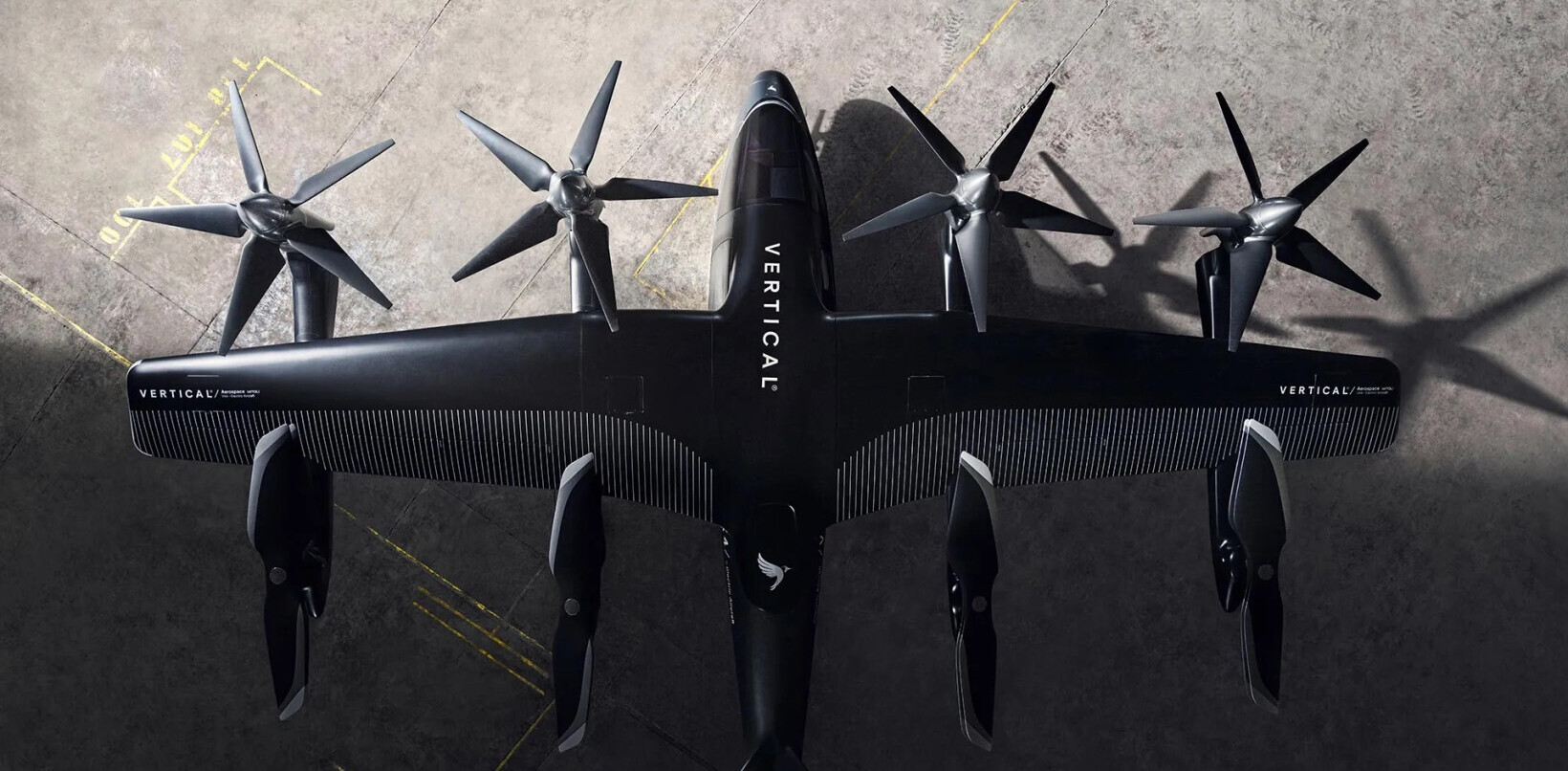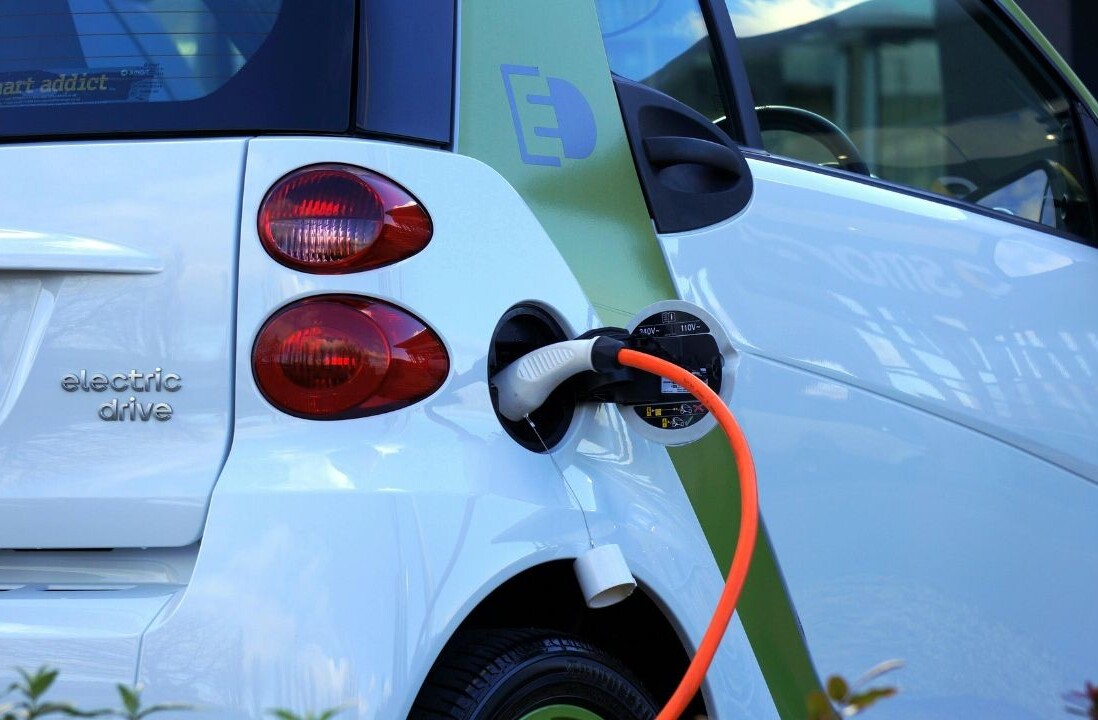This article was written by Alexander Gmelin on The Urban Mobility Daily, the content site of the Urban Mobility Company, a Paris-based company which is moving the business of mobility forward through physical and virtual events and services. Join their community of 10K+ global mobility professionals by signing up for the Urban Mobility Weekly newsletter. Read the original article here and follow them on Linkedin and Twitter.
Shared mobility is one of the great hopes for sustainable transport. Privately-owned vehicles are notoriously wasteful, mostly sitting idle. Advances in digital technology and the rise of the smartphone have opened the potential to vastly improve the utilization of assets, delivering profits to savvy companies and cheaper, more convenient, mobility to consumers. Alexander Gmelin, CPO of Invers, explains how the German company is laying the foundations of a shared mobility platform.
Automated car sharing
Our company history has it that the founder Uwe Latsch, now CTO, started the company so that he could visit his girlfriend’s parents in the countryside. He used his bike to get around town and couldn’t see the logic of buying a car just for the odd trip to the country. As one of the pioneers of carsharing, Uwe dedicated himself to building the technology that would automate vehicle sharing.
The never-ending quest to improve reliability and scalability
In the early days of carsharing, the main challenge was to organize the personal handover of the vehicle. We came up with an automated solution to avoid a manual key handover. It included an RFID reader behind the windscreen and a telematics unit that is installed inside and connected to the vehicle electronics. With the advent of smartphones and the advancements of cellular networks, vehicle sharing became much more convenient and accessible. In addition, these technologies enabled a large variety of new business models and accelerated the dynamics of this industry. Fleets started to grow bigger and bigger. More and more modes and types of vehicles were added, from cars to bikes and mopeds to scooters. Complexity increased. At the same time, not only the demand increased but also the users’ expectations towards the service: Today, a highly reliable on-demand service is a must – just as customers are used to other offerings such as Netflix or Amazon. To serve this growing need, operators need a tech infrastructure that is highly reliable and manages the complexities of a mixed, distributed fleet while maintaining flexibility.
Delivering simplicity amidst complexity
Our vision is to make the use of shared vehicles globally more attractive and affordable than vehicle ownership. Technology is playing a major part for operators to differentiate and succeed. While the shared mobility market is on the rise, it is also becoming increasingly complex, with growing fleets of distributed vehicles of different types and manufacturers. At Invers, we love technical challenges, and our aim is to make the complexities manageable while maintaining the flexibility to enable our customers and partners to be creative. That’s specifically important for the developers. We have always focused on their needs and provided them with a highly reliable tech infrastructure and perfectly integrated, modular building blocks to build on top of. These consist of hardware, firmware, and software – competencies that we all have in-house and which are well aligned to yield their full value potential. Our goal is to make sure that the developers do not need to care about the complexities of the varieties of vehicles, telematics, connectivity , and interfaces out there, but can fully focus on what sets their business and service apart. Consequently, we recently strengthened the developer focus of our product developments even further. This entails:
- providing vehicle agnostic telematics: CloudBoxx offers fast and easy installation guided by our Set-up & Test app
- developing and hosting a central point of access to all vehicles, even of mixed fleets: OneAPI allows seamless integration of any telematics including OEM ex-factory connected vehicles
- offering a powerful and scalable fleet management software: FleetControl as one interface to manage the entire fleet
- delivering building blocks for booking software: operators can either develop their own or choose a white label booking software from our 15+ integration partners
- offering consulting services from our tech- and market experts
Leaving clients free to focus on user experience and functionality
Primarily, a shared mobility service is a digital business. For operators, an important differentiation potential lies in user experience and operational processes. The user app as well as the fleet operation tools play an essential part. This is where most operators build their unique services that make the difference, based on their market knowledge and understanding of customer needs. This is where their creativity needs to go. With our solutions, we are taking care of the reliable tech infrastructure, so that developers of our customers and partners are free to fully concentrate on developing these excellent and competitive services.
Coopetition in building a sustainable urban mobility industry
To me, the competition in the mobility industry is somewhat similar as in sports. It thrives on both competition and collaboration, hence the term ‘coopetition.’ I’ve been in the carsharing space for quite a while now, starting my career at Car2Go, today Share Now. I always felt, that despite the business perspective, there is a great spirit in this industry. So many of us are committed to the same values and goals to move people out of their privately owned cars into more sustainable and worthwhile means of transport, such as shared vehicles.
As an engineering-driven company we aim to push the boundaries and drive the development of technologies and solutions together with our customers and partners. That is what gets us out of bed every morning.
This is for our common goal: to improve urban mobility and ultimately the life in our cities while using resources efficiently.
The future of a shared and multimodal mobility
Here in Cologne, where one of our offices is located, the city recently started to turn more and more car lanes into cycle lanes. I am thrilled about this as I ride my bike to work. This trend can be witnessed throughout Europe and even in some American cities where the tide is turning away from car ownership more and more towards sharing. We have passed peak car.
However, the growth in shared micromobility has been put on pause by Covid-19. Still, I have no doubt it will come back stronger with an even further growing variety of vehicle types and modes as well as multimodal MaaS solutions. I am convinced that we will soon see again new and exciting services in this space. With our technology and our products, we feel well-prepared to further grow with our customers. Despite all the challenges of 2020, we at Invers are excited to be “part of this ride,” and we are curious about what great ideas are just around the corner in this fast-paced industry.

SHIFT is brought to you by Polestar. It’s time to accelerate the shift to sustainable mobility. That is why Polestar combines electric driving with cutting-edge design and thrilling performance. Find out how.
Get the TNW newsletter
Get the most important tech news in your inbox each week.





